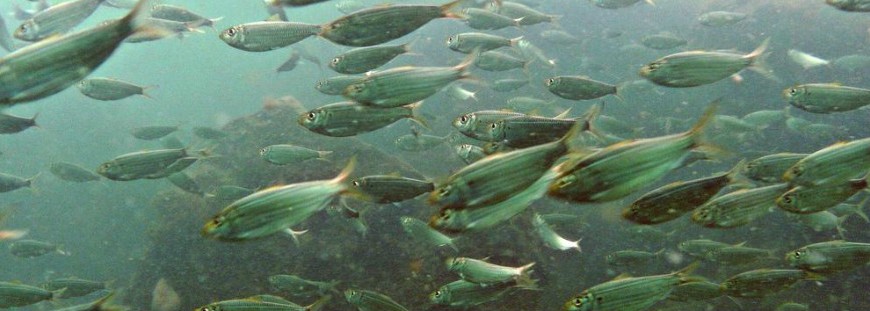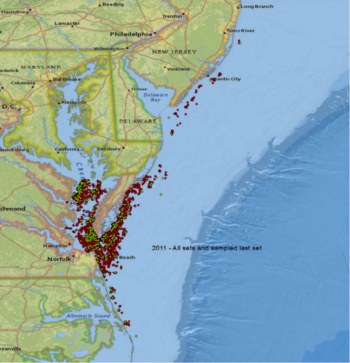When people think of Maryland, they imagine idyllic lighthouses, striped bass boiling on the surface, blue crabs smothered in Old Bay seasoning, and oysters cooked every way imaginable. All of that is very accurate and part of what makes this such a special place. If you ask local fishermen what they think about when it comes to Maryland and they might say menhaden.
The crabs you would eat are caught with them. Those striped bass on the surface are eating them. If you are chumming for stripers, you guessed it, you are using menhaden. They filter the water just like an oyster. Menhaden also provide jobs for some of the most depressed counties in the state. So why does this little fish go almost unnoticed?
First and foremost, you can’t eat a menhaden. Well, you don’t want to eat a menhaden. They don’t hit bait, lures, or flies, (I’ve caught two in the mouth in a few hundred thousand casts), and they don’t get very big. They stink and are incredibly slimy as well. So why is this little fish so iconic to Maryland? It’s so important because of its role as prey to almost everything we catch and eat. And yet, the Chesapeake Bay has been getting the shaft for a long time. Don’t believe me? See the map with this article.
Those are menhaden net sets by Omega Protein from 2011. The go right up to the Maryland and Virginia state line in the Chesapeake Bay. The reason why they stop on the state line is because Omega isn’t allowed to fish Maryland’s portion of the Chesapeake Bay. And yet, the company’s impact is still felt in our waters.
What people need to understand is that the Chesapeake Bay is an enormous nursery for many species that the coast relies on, and none more important than striped bass. Every year our supply of menhaden gets sucked into factory boats before they can make it to feed the fish, birds, dolphins, and just about everything else that calls the Chesapeake home. We have worked within the system to place reasonable controls on harvest. Sometimes we’ve won and sometimes we have lost.
Menhaden are currently managed as a single species and can be found from Maine to Florida. Populations are slightly better than a few years ago but still incredibly low when compared to historic abundance. While other locations are enjoying everything from whale sightings to daily dolphin shows, we wait. Maryland’s portion of the Chesapeake Bay sits alone in its current predicament. We are being strangled by Omega. The fact that almost 90% of the menhaden harvest takes place in the largest estuary in the country with spotter planes and purse seines makes no sense.
We’ve come to a reckoning. After more than a decade of conservation work, we have an incredible opportunity in front of us. There’s a chance that menhaden can be managed for their ecological significance rather than as a single species to be harvested. Think about the implications for fisheries in your area that are in trouble. It will take a few years, but if victorious, biologists would look at the ecosystem as a whole and figure out how many menhaden need to be left in the water rather than how many should be taken out. This paradigm shift has been discussed for years. It just makes sense especially for species lower on the trophic level. Let’s hope for a good showing at the BWI Marriott in Linthicum Heights, MD, between 1 P.M. and 6 P.M. on November, 13th. That’s the day when the Atlantic States Marine Fisheries Commission will decide ecological reference points and a bay harvest cap. If you are in the area, please stop by. We’ll need all the help and support we can get to ensure the Chesapeake Bay keeps enough menhaden in its waters.



